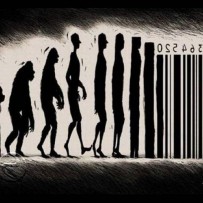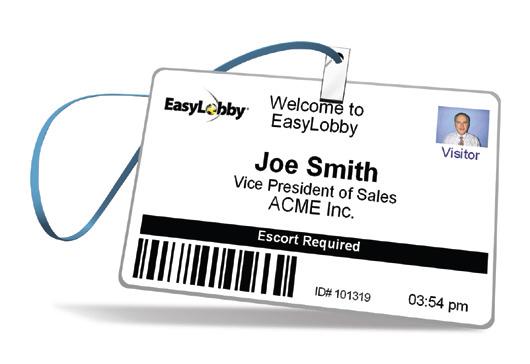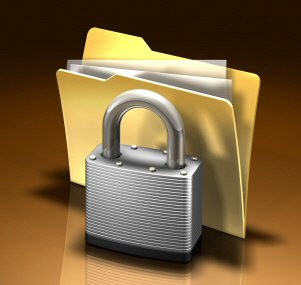Code39 and Code128 in a nutshell

Code39 and Code128 are alphanumeric barcode standards that are said to be the most widely used in the world. In one of my previous articles (EAN & UPC – Trade Barcodes) I mentioned that the global organization GS1 has accepted to use only two standards – UPC and EAN – at the point of sell of products. This of course doesn’t mean all the other barcode symbologies are useless and can be thrown on the garbage. With the rapid technological advances every sphere of our life has to be modernized, to be made faster and better functioning.
Where can we put code39 and code128 in use and how they actually work?

Code39 barcode
Code128 barcode
Code39 and Code128 are representatives of the so called 1-D barcodes. They use linear pattern for encoding data – black bars and white spaces. A simple example of these two types consists of two main sections – machinery-readable information and human-readable text.
Their mass adoption could be easily explained with one word – alleviation. Code39 and code128 may not be so popular at the trade but they are commonly preferred for inner or inter-company transactions. Nowadays, with the expanding globalization, the developing process of a smartphone, for example, has become much more complex.

Barcode on an employee’s badge
The display is manufactured in Thailand, the hardware in China, the design in Europe and all these parts are put together in America. How can the segments be tracked down during the transportation and what is more crucial – how can identification information be provided about every individual unit. Decent solutions are code39 and code128. They are perfectly applicable not only in the industry, but in the health sector, in postal services and in the everyday life. You might be familiar with the cases when an employer gives his employees membership cards with unique barcode on them. On arrival or when leaving they have to scan the card at the gateway and whenever the supervisor wants he can check the working hours of every single laborer or use all the information for his weekly/monthly reports.
Advantages and disadvantages
But if they both can be used for one and the same thing what is the difference between them and which is better? To start with data capacity – code39 is able to encrypt letters from A to Z, digits from 0 to 9 and an additional set of special characters – “. $ % + – / *”. In contrast code128 supports all the 128 ASCII symbols – much more convenient, don’t you think? (A link to the ASCII table for those who are not familiar with it) We move on to our next criteria – data density.The encoding combinations of black bars and white spaces, which stand for a single character, are different.

Code128 provides better data security.
Code39 uses 9 elements per character (5 bars and 4 spaces), that are only wide or narrow while code128 uses 6 elements per character (3 bars and 3 spaces), that have 4 variations of width. This makes “39” barcodes easier to be produced and read but they can be substantial in size. The difference in the dimensions, when one and the same information is encoded, can be notices in the pictures above. “128” standard is more concise and space-efficient. It also provides its users with higher degrees of data security. The last one makes your barcode more error-proof during the process of scanning. Of course drawbacks are present too– the printing tolerance is rather low because of the four different element widths and more sensible printer has to be used.
All in all both code39 and code128 barcodes are the perfect tools that, if used, will make everything much more easier, efficient, automatic and will take your world to a totally new level. My personal advice is – if you have to encode identification number or anything short at all – use code39, but if the data is long string, including something more than just letters and numeric digits then use code128. So download now Code39Encoder and Code128Encoder from the Mac AppStore.
